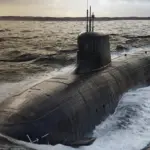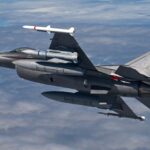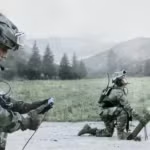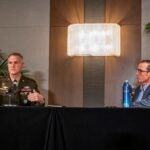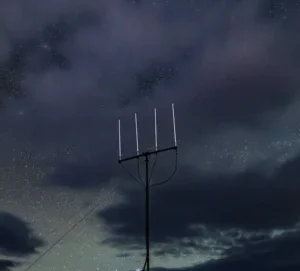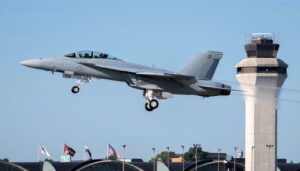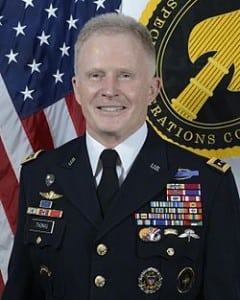
Special Operations Command (SOCOM), which relies on the military services to provide much of its enabling technologies and platforms, has begun blazing trails to new technologies and sharing that knowledge with the services, SOCOM commander Army Gen. Raymond Thomas told Congress on Tuesday.Special Operations Forces, for most of SOCOM’s 30-year history have operated independently of the military services but drew from their much larger inventories of vehicles, weapons and command-and-control capabilities. In recent years the relationships have reversed, Thomas told…

 By
By 